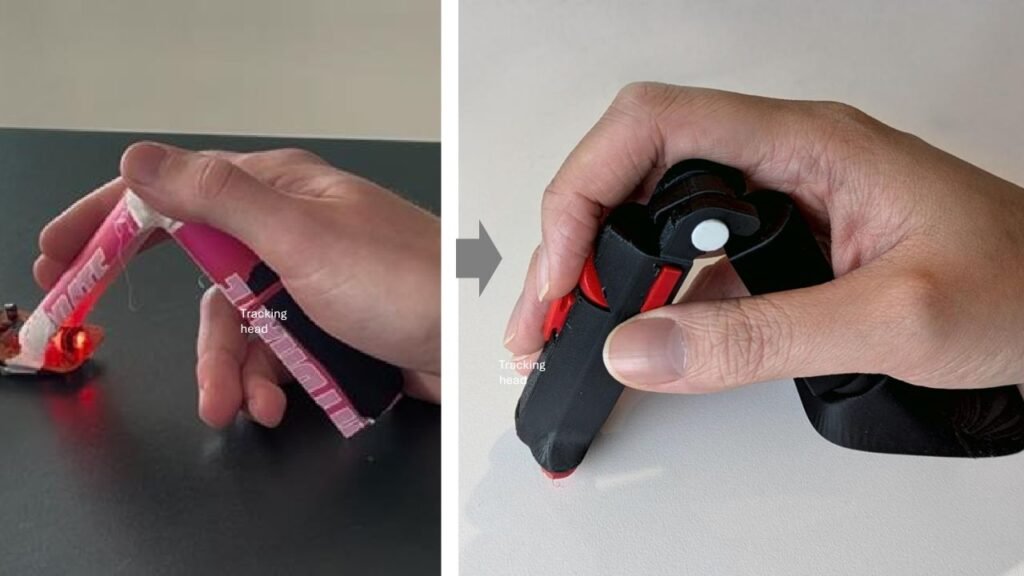Nearly 60 years after its invention, the design of the computer mouse has remained largely unchanged, and that’s causing problems for users. Research led by Jose Berengueres, Associate Professor at Nazarbayev University’s School of Engineering and Digital Sciences, highlights the urgent need for ergonomic redesigns that better support natural hand movement and reduce repetitive strain injuries.
In a study conducted at KTH Royal Institute of Technology, Berengueres surveyed 28 graduate and postgraduate students under the age of 30. Eleven reported chronic discomfort from mouse use, and four had clinically diagnosed repetitive strain injuries. Many were gamers, a group especially vulnerable to long hours of rigid hand positioning. Berengueres argues that the flat, rigid shape of conventional mice forces the hand into unnatural postures, placing continuous stress on the wrist and forearm.
To explore alternatives, he developed the Fleximouse—a squeezable mesh-body prototype that encourages a palmar grasp, a low-effort, instinctive hand movement. The design allowed finger joints to move more freely and reduced wrist adjustments. However, it came with trade-offs: it was fragile, slower to use, and incompatible with standard clicking and scrolling functions.
Seeking a more practical solution, Berengueres teamed up with Tony Yu from the University of Melbourne’s School of Design to create the A-frame hinge mouse. This version features a vertical orientation and fewer moving parts, making it more compact and cost-effective while still reducing strain. But testing revealed a critical insight: fit matters. Even a hand-size difference of less than a centimeter significantly affected comfort and control. Unlike rigid mice, which are more forgiving, flexible or ergonomic designs are highly sensitive to individual anatomy.
Berengueres believes that future mouse designs will need to be adjustable or offered in multiple sizes to accommodate diverse users. He also sees an opportunity to leverage new technologies like 3D printing, flexible electronics, and advanced materials to re-engineer the mouse from the ground up.
Article from Nazarbayev University: Redesigning Familiar Computer Mouse – Fleximouse by NU Scientist
Abstract in Interactions: Flexible Ergonomics: Can a Flexible Mouse Fix That Wrist Pain?

